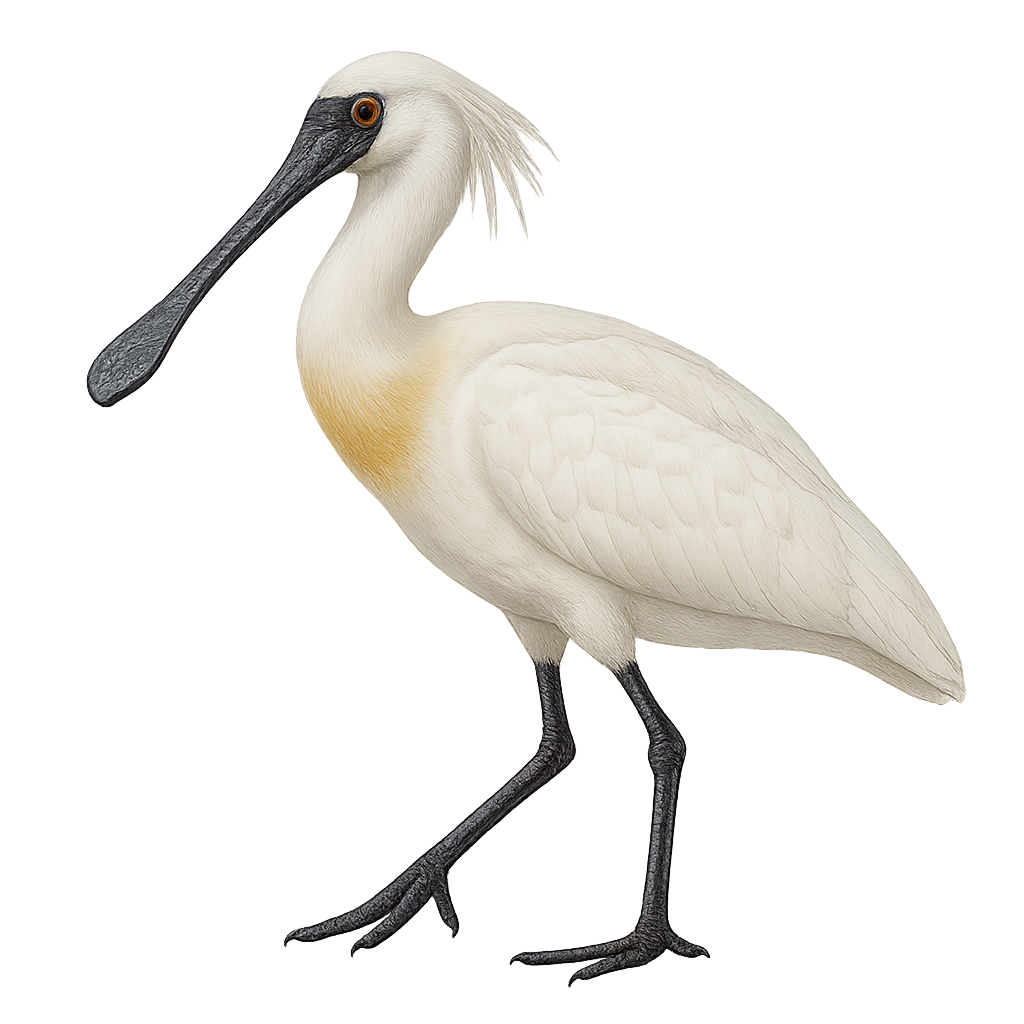Your wildlife photography guide.
Explore the black-faced spoonbill in detail, study its behavior, prepare your shots.
Where to observe and photograph the black-faced spoonbill in the wild
Learn where and when to spot the black-faced spoonbill in the wild, how to identify the species based on distinctive features, and what natural environments it inhabits. The WildlifePhotographer app offers tailored photography tips that reflect the black-faced spoonbill’s behavior, helping you capture better wildlife images. Explore the full species profile for key information including description, habitat, active periods, and approach techniques.
Black-faced Spoonbill
Scientific name: Platalea minor

IUCN Status: Vulnerable
Family: THRESKIORNITHIDAE
Group: Birds
Sensitivity to human approach: Suspicious
Minimum approach distance: 30 m
Courtship display: April to May
Incubation: 25-27 jours
Hatchings: April to June
Habitat:
Coastal wetlands, estuaries, salt marshes
Activity period :
Primarily active during the day, with peak activity in the morning and late afternoon.
Identification and description:
The Black-faced Spoonbill, Platalea minor, is a rare and iconic waterbird native to East Asia. It is distinguished by its pristine white plumage and its unique, flattened black spoon-shaped bill. Its black face, which gives it its name, contrasts with the rest of its body. This migratory bird primarily breeds in North Korea and China, wintering in Taiwan, Hong Kong, and Vietnam. It frequents coastal wetlands, estuaries, and salt marshes. Habitat destruction and pollution are the main threats to this vulnerable species. Conservation of its natural habitats is crucial for its survival.
Recommended lens:
400mm – adjust based on distance, desired framing (portrait or habitat), and approach conditions.
Photography tips:
The Black-faced Spoonbill, or Platalea minor, is a large white wading bird known for its long, spatula-shaped bill. Smaller and rarer than the Eurasian Spoonbill, it can be identified by its black bill with a yellow tip and more secretive behavior. It breeds on a few coastal islands in South Korea and China, and winters mainly in Taiwan, Hong Kong, and northern Vietnam. It inhabits mudflats, estuaries, and coastal lagoons. Feeding by sweeping its bill through shallow water, it captures small fish, crustaceans, and worms. This gregarious species is endangered due to coastal habitat loss.
The WildlifePhotographer App is coming soon!
Be the first to explore the best nature spots, track rutting seasons, log your observations, and observe more wildlife.
Already 1 439 wildlife lovers subscribed worldwide

